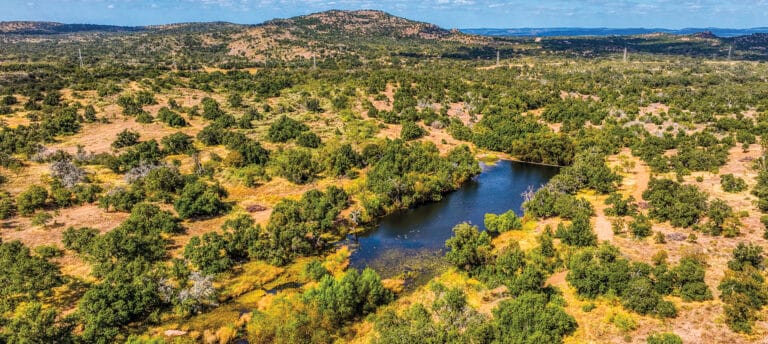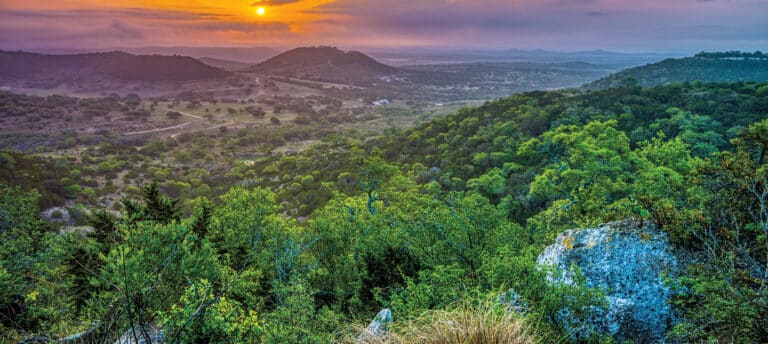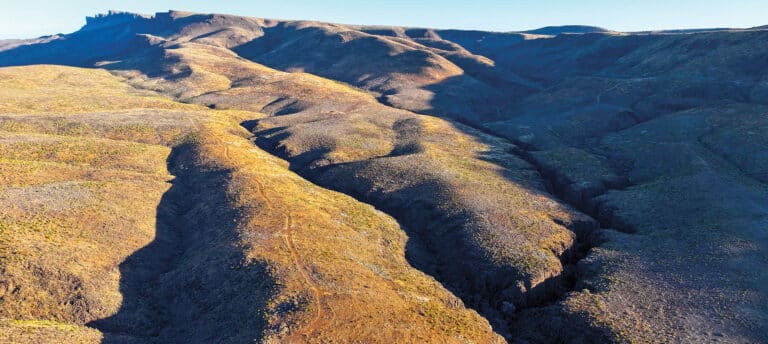Elk hunting can be one of the toughest hunts you accomplish in your lifetime, but sometimes it can be one of the easiest hunts. The following nine hunting tips can help you to make your quest for a bull elk successful and a little easier. Elk hunters cannot control the weather or the elk, but they can control how hard they hunt and whether they hunt smart.
1. Research and scout
Taking the time to understand where you are hunting can pay off in spades when the elk are not bugling and are hard to locate. Topographical maps allow you to look at terrain. Concentrate on shelf spaces in the upper third of the mountain. These flat outcroppings give elk great bedding areas and close proximity to the feeding areas and watering holes that they like to frequent. Understanding where these bedding areas are can help you eliminate walking through them and pushing elk into the next county. This knowledge also gives you plenty of options to set up between them and the food or water sources.
Using Technology like onXmaps can help to drill down tight on aerial maps to seek out water holes and find access to areas of land that hold elk that other hunters may not be willing to travel into. The deepest, darkest holes are places that I look specifically for on maps to get an idea of where elk might run once rifle season hits.
2. Use a perfect wind
Elk are 4 times larger than whitetail deer and their ability to sense danger is almost always attributed to their nose. They rely upon scent to keep them safe, so playing the wind at all times is of the utmost importance. Hunting in the mountains requires a keen understanding of how thermals and swirling wind will affect you throughout the day. Wind travels up the mountain in the morning and down the mountain once the sun sets in the evening. Those are critical times for hunting elk so being aware of that fact can help you to be successful.
Quality wind checkers are absolutely essential. Wind checkers that hang in the air can give you a little more insight into where the thermals are going. Sitting on a waterhole at night, I have used kids’ bubbles sold at toy or party stores and blown out a few to see where the bubbles travel so I know I am in a location that my scent will not drift into the nose of an unsuspecting bull.
3. Understand water and food sources
Elk will hit waterholes almost every single day in the early season heat and every few days in colder temperatures. Understanding both water and food sources allow you to set up perfectly for evening hunts. In talking with respected elk guides, almost half of the bulls they take are often on these water and food sources. Using maps and good ole shoe leather scouting can help you locate these water sources pretty quickly.
4. Calling to elk
Calling elk requires only three elk calls in your arsenal. Of course, knowing when and how to use those calls is more important than whether you are a championship caller or a rank amateur. I am the first one to admit that I am a terrible elk caller, but I do understand when and how to use my calls to get the most success. We use a simple locating bugle, an ugly sounding challenge bugle and a simple cow call. If you can call turkey, then you can call elk; the tactics are very similar. Our favorite tactic is placing a hunter or two 50 to 60 yards in front of the caller and then calling the bulls through the middle of those hunters. The bulls get so focused on the caller that they often walk within mere steps of our hunters.
5. Practice, practice, practice
When I was guiding, the number one reason our hunters were unsuccessful is that in the off-season they did not spend enough time practicing their shooting with their rifles or bows. Archery hunting can bring shots from as close as 5 yards all the way out to 50 yards for bull elk. Elk hunters should be absolutely consistent and be able to pull the bow back and hold it for upwards of 2 minutes without releasing a shot. The only way to get those muscles ready for the season is to shoot and shoot and shoot.
Rifle hunters should be able to make shots consistently from 30 yards out to 350 yards. I have seen elk killed with everything from a .270 to a .375. I want hunters carrying the rifle they shoot well when pursuing elk. I have seen hunters come in to camp with brand new .300 Win Mags that you could clearly see they were uncomfortable shooting. If a rifle is kicking like a mule and you pull every shot, it is probably not the rifle to bring elk hunting. In addition, hunters shooting bolt-action rifles should be able to quickly shoot 4 shot groups. Too often, hunters will make a single shot and then watch the elk. Elk are big animals and sometimes it requires multiple shots to bring them down. If the elk is still standing and you have a clear shot, you should still be shooting until you see that elk on the ground. Tracking elk is not a fun process so the sooner you can put them on the ground the better. Be prepared to make a second and third shot quickly and efficiently and practice shooting in groups of four shots in preparation for elk season.
6. Late season tracking works
Once the snow hits the ground in the elk woods, I start to get seriously excited. The first thing I look for is tracks from elk crossing logging roads. Once I find those tracks, I know that I can kill those elk if I am patient enough. Taking off on a set of tracks requires a little bit of planning but once you have the experience of following a set of tracks all the way to a live elk, you will be hooked for life. When you find tracks, try to stay 10 to 20 yards above the tracks. When walking a set of tracks, spend 90% of your effort looking out in front of you and 10% of your effort following the tracks.
7. Be in elk shape
Elk are big animals. They can walk miles and miles through all kinds of terrain and up and down altitudes that can drive you to curse. As a hunter, you owe it to yourself and to the animal to be in top shape before you step out to hunt these animals. Now I understand the concept of easy elk and not everyone has to be in marathon shape, but for me personally, I want to enjoy the experience with as little cursing the altitude and the miles I generate while elk hunting. I want to see what is over that next mountain and that requires being in excellent shape. Load up your pack, strap on your boots and walk a consistent 2-4 miles every other day for a couple of months before you head out to hunt at high altitude. It will get your body in shape, break in your feet and boots and prepare you for the season. Being in great shape helps you to go farther and locate elk where those less prepared will not go. Remember also that once you shoot an elk, that is only half the fun—someone or something has to carry that elk back out of the woods.
8. Hunt dark to dark
In elk camp, it is always my goal to be the first person out of the camp in the dark. And unless I have an elk on the ground, I aim to be the last person to return to camp. Throughout the years, I have learned that it is often during those early mornings or late evenings that I get closest to the elk coming in and out of meadows. Those meadows are often a few miles from wheref necessary, sometimes miles from camp or my truck, just so I can be in the right location whver we camp at night. When tracking elk in fresh snow, I am prepared to remain on the mountain all night ien the morning sun rises. Always have at least 36 hours worth of food and some kind of blanket, bivy sack or sleeping bag in your pack when starting out on these tracks as well as the means to start a fire.
9. Stay positive
Elk hunting and all hunting in general require a certain degree of mental discipline. Patience and a great attitude are essential for elk hunting success on the mountain. I have seen hunters on the last couple of days give up on their dream of shooting an elk and walk along with their head held low when all of a sudden out steps a quality elk that changes everything. On a few of these occasions I have seen hunters miss the shot because they just could not believe it. They were just not prepared mentally to make a quality shot on an elk on the last day in the last hour. Stay positive from the very first hour of your hunt to the very last minute because you never know when it is going to happen. Know that it can and often does happen in just a split second. When that chance comes for you to shoot a quality elk, you will want the right mindset to make an exceptional shot.



